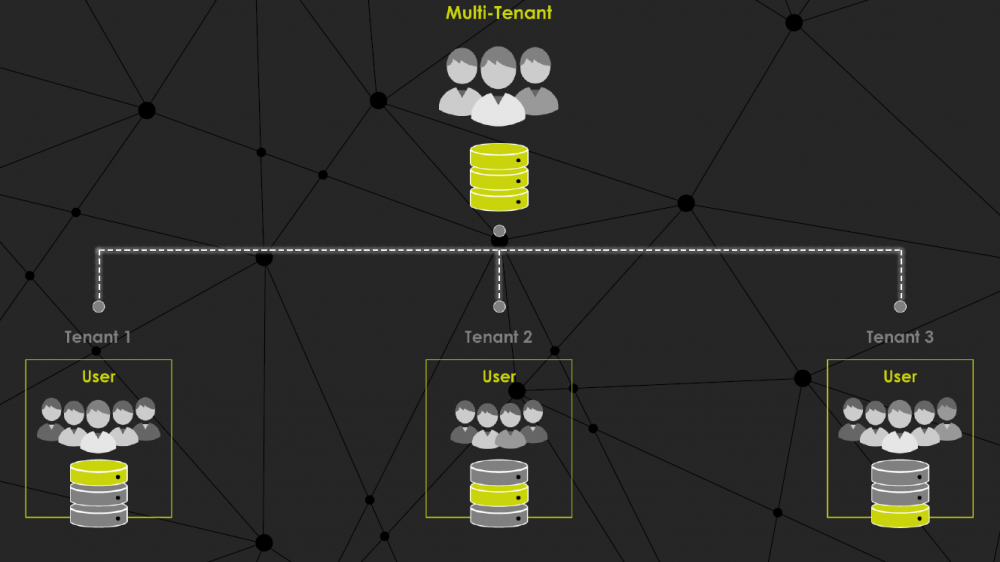For the administration of different network areas, customers frequently require organizational units split down by customer, subsidiary, or department. With ERAMON this can be realized with one software and on one hardware platform, simply one system.
The multi-tenancy feature allows you to easily set up as many organizational units as required.
The multi-tenancy user concept ensures the overall access to the data.
The CENTER and SAT architecture allows individual scaling for each tenant.
This allows the efficient administration of several networks with one management system.


